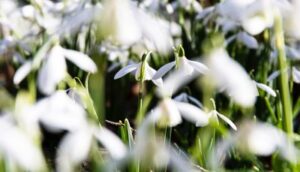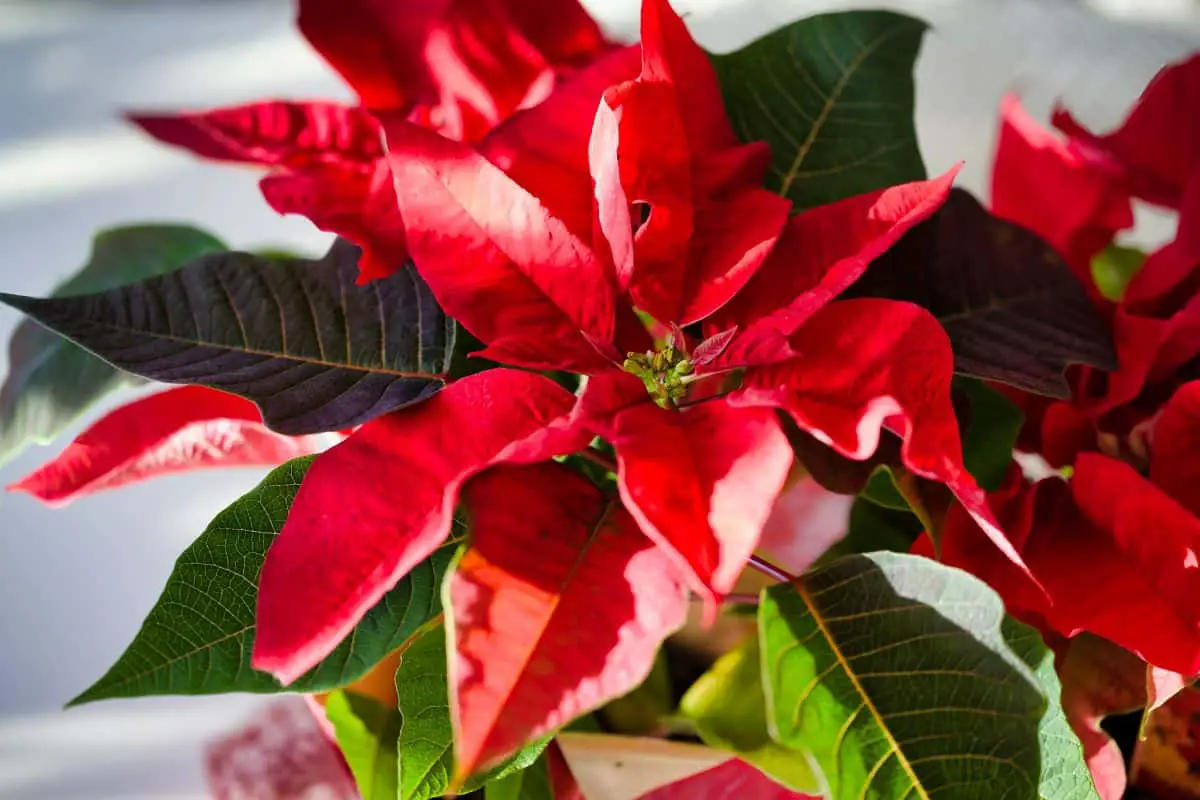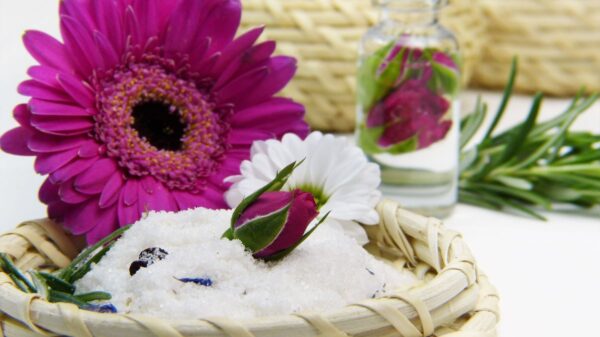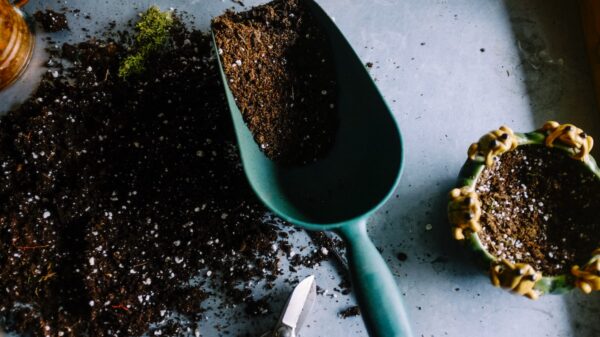Best Flowers for Blooms In The Winter
Many different flowers bloom during the winter months. However, six flowers, in particular, are known for blooming in the winter. One of the beauties of winter is that nature provides a few blooms to enjoy in the cold months.
So. what flowers bloom in the winter? Six of the most well-known flowers that bloom in the winter include snowdrop, crocus, cyclamen, Christmas rose, paperwhite narcissus, and poinsettia.
Despite the cold weather and barren landscape, winter is a time of beauty in the garden. Many plants flower in the winter, including bulbs, corms, and perennials. All of the flowers below will be a great addition to your garden or home.

1. Snowdrop
One of the most beautiful winter flowers is the snowdrop. It has small, white flowers that grow in clusters. These tiny flowers can be found blooming in the early part of winter before other plants have had a chance to grow.
Snowdrops get their name from their ability to flower in the snow. Many people think these flowers are so delicate that they will melt away in the cold weather! In reality, snowdrops are quite hardy and can survive even the harshest winters.
2. Crocus
The crocus is another type of flower commonly found blooming in the wintertime. It has small, purple flowers that grow in a cluster. They are often one of the first flowers to bloom in the early part of the winter.
3. Cyclamen
The cyclamen is a beautiful flower that can be found blooming in the winter. It has small, pink flowers that grow in a cluster. The cyclamen is a hardy plant and can survive in cold weather.
4. Christmas Rose
The Christmas rose is a type of flower typically found blooming around Christmastime. It has small, white flowers that grow in a cluster.
5. Paperwhite Narcissus
The paperwhite narcissus is a type of flower that blooms in the winter. It has small, white flowers that grow in a cluster. The paperwhite narcissus is a hardy plant and can survive in cold weather.
6. Poinsettia
The poinsettia is a type of flower typically found blooming around Christmastime. It has red buds and green leaves on it. The poinsettia serves as the state flower for the U.S. states of Hawaii, New Mexico, Florida, and Louisiana.
The poinsettia can be found blooming worldwide but especially in southern California at this time of year. They are easy to spot with their vibrant colors. There are many different types of poinsettias, including alba, Santiago de Espana, Rubra splendens Rubra, etc.
All of these flowers are unique in their way, and many people enjoy seeing them during the winter months. One can only imagine how beautiful a field of snowdrops would be! The next time someone tells you that they do not see any flowers blooming in the winter, remind them that there are plenty to be found!
How Do Winter Flowers Survive?
One of the questions gardeners often ask is how winter flowers survive the winter? Winter flowers can survive the winter because they have adapted to the cold weather. Some winter flowers, such as pansies and violas, have a thick layer of fur on their leaves that helps keep them warm.
Other winter flowers, such as crocuses and daffodils, have a layer of wax on their petals that helps keep the water in their flowers from freezing. Winter flowers also have other ways of surviving the cold weather.
For example, many winter flowers bloom very early in the spring, before the ground has had a chance to thaw out. This way, they can take advantage of the warmer temperatures before it gets cold again.
Some winter flowers, such as the Christmas rose (Helleborus niger), will go dormant in the winter and sprout leaves and show their flowers when spring arrives. The Christmas rose is also known to produce a second flower during the summer; however, this flower does not produce any seeds.
So, the next time you wonder how winter flowers survive the winter, remember that they have many different adaptations that help them stay alive during this challenging season.
Ways To Use Winter Flowers
Winter flowers can be used in winter bouquets to brighten up someone’s day on an otherwise dark and gloomy day. One popular way to use winter flowers is by using plants that bloom during Christmastime or other holidays such as Easter.
For example, red carnations are often used to add color to Mother’s Day arrangements because they symbolize love and admiration for mothers. Some people even send holiday plants such as holly and ivy to their friends and family members as a way of wishing them a happy holiday.
By using winter flowers in your arrangements, you can add a touch of color to an otherwise dreary day.

How To Grow Winter Flowers Outdoors
If you want to grow winter flowers in your garden, it is important to understand the type of conditions these plants need. Some winter flowers, such as chrysanthemums, will grow during any season. In contrast, other winter flowers, such as poinsettias and Christmas cactus (Schlumbergera truncata), are limited to fall and winter due to their sensitivity to cold weather.
Pay Attention To Sunlight Requirements
Depending on the type of winter flower you choose to grow, its location will vary. Some flowers prefer full sun or partial shade, while others can tolerate complete darkness for part or all of the day.
It is important when growing winter flowers outdoors that you know when they bloom so that you can place them in an area where they will receive enough sunlight when they are in bloom and less sunlight when they are not.
It is also important that you pay attention to the amount of sunlight each plant needs for them to bloom properly. For example, some winter flowers require full sun, whereas others do well when planted in partial shade or even in complete darkness.
Ensure Proper Drainage
When you are ready to plant your flowers, choose a sunny area in your yard that gets at least 6 hours of sunlight each day. Ensure that the soil drains well because waterlogged soil can cause root rot. This will kill your flower before you know it!
To improve drainage, mix sand into the top layer of soil where you will plant your winter flower. If this step is not performed, excess water will remain on top of the ground instead of draining through it quickly.
Dig A Proper Size Hole
Then dig a hole large enough for your plant to fit comfortably within. Make sure that there is about 1 inch between its bottom leaves and the edge of the existing soil, along with an extra inch of space surrounding your winter flower.
Place the plant in the hole you just dug and spread some mulch around its base to keep weeds away, help retain moisture, and control temperature fluctuations. Then top it off with soil so that the top of the root ball is even with the rest of your yard.
Watering Correctly
Like any other plant, watering (especially in the beginning stages) is important to ensure it is done correctly. Water thoroughly after planting to remove any air pockets between the roots and prevent future problems such as root rot or fungal diseases. Then water again once every two weeks until established (this typically takes about 3-4 months).
How To Grow Winter Flowers Indoors
You can also use winter flowers to decorate your home during the fall and winter seasons. To do so, you simply need a bright room with plenty of sunlight or a sunny window so that the flower can receive enough light to grow properly.
In addition, many types of winter flowers prefer dry air to moist air, making them an excellent choice for indoor growing. You can place them on a windowsill or by a door that leads outside. If the air is too humid, mold will form on the leaves and stems of your plant, thereby diminishing its beauty and possibly leading to its death.
If you want to keep your flower indoors throughout the year, choose one that is hardy in your zone or purchase a new pot each fall to move your winter flower outdoors.
Maintenance
Once plants are established, they will require minimal care aside from occasional watering during dry spells. This typically occurs three times each summer (if not getting enough rain).
Other than that, they will pretty much take care of themselves. If you ever find that your winter flower is becoming too large for the space you provided or needs to be divided because it has become too crowded, go ahead and do so in late fall or early spring before new growth begins.

Choosing Winter Flowers
You can choose a flower based on its color, size, hardiness in your climate zone, and the amount of sunlight it needs to grow successfully. If you are unsure what types of winter flowers are best for you or how they will look in your garden or home, consult a gardening book or website explaining this information in detail.
There are many gardening websites available with pictures so that you can have an idea of what type of plant you want to buy before you go shopping.










